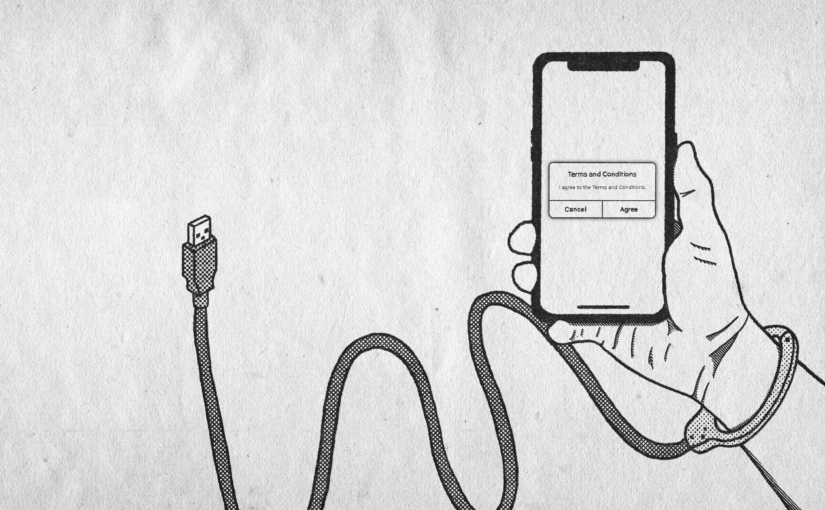The Content-Specific Doctrine: The Right to be Secure in Digital Effects
By Xander de los Reyes — The Fourth Amendment’s original intent was to protect Americans from unreasonable searches and seizures. At the time they were drafting the Constitution, the Founding Fathers remembered these violations of privacy as physical trespasses committed by British officials against colonists. This raises the question: Were the seizures of letters from a desk drawer or the broad searches of one’s coat pockets unreasonable searches and seizures because they were physical in nature? Or were they violations of privacy because of the content searched and seized?
I argue that unreasonable searches and seizures can occur without physical intrusion. As technology becomes increasingly prevalent, violations of privacy can occur in non-physical realms (i.e., “cyberspace”). Although these violations lack the physical dimension that characterized early-American conceptions of Fourth Amendment violations, they can nonetheless rise to a level of invasiveness that can be seen as functionally equivalent and can thus fall within the scope of the Fourth Amendment’s prohibitions.
